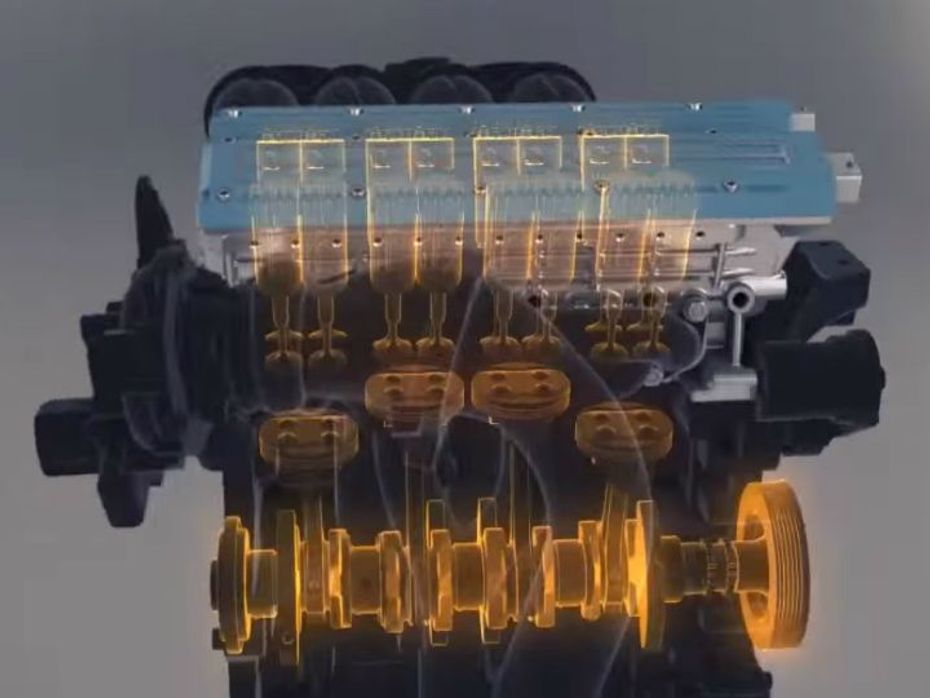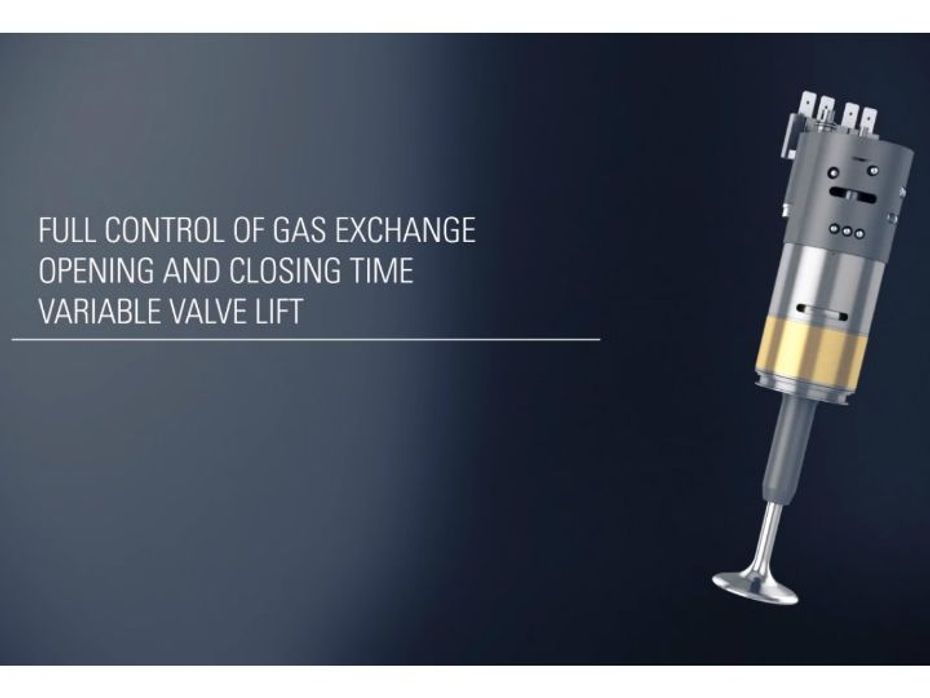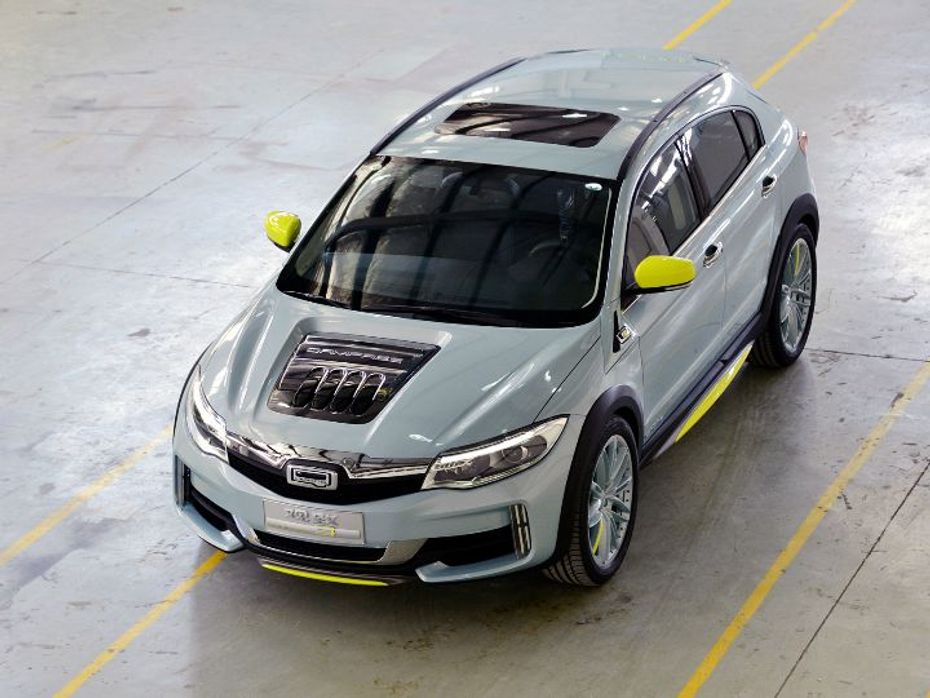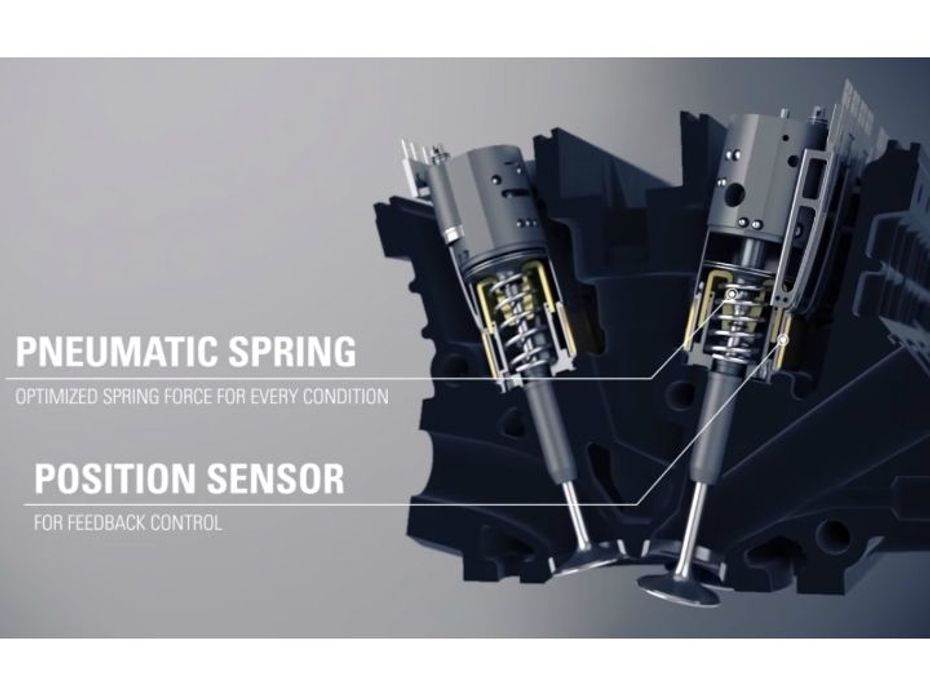
Mahindra BE 6 Launched: Price For The Top-spec Variant Is Out!
- Jan 7, 2025
- Views : 5335


Internal combustion engines of today are more advanced than ever before, but there are some components that have been difficult to improve because of both engineering challenges and costs - one such important component is the camshaft.
In very (very) simple terms, the camshaft controls the air and fuel mixture that enters and exits a cylinder. In the modern age of the car, it is one of the few components which is more or less fully mechanical, unlike other parts which are increasingly being controlled digitally. Why is a camshaft so indispensable even today? Mostly because there have been few viable alternatives for it.
Until now.

The next big innovation for internal combustion engines in cars will be removing the camshaft altogether! The latest and most promising of 'camless' designs has been showcased in the Qoros 3 GT development car.
The Qoros 3 GT, a cross-sedan from Chinese manufacturer Qoros usually features a 1.6-litre, 4-cylinder turbocharged petrol motor developing 156PS/230Nm. The same car powered by a 1.6-litre, 4-cylinder, turbocharged 'QamFree' camless piston engine develops 233PS of maximum power (49 per cent increase), 320Nm of torque (39 per cent increase).

Developed by Freevalve, a subsidiary of Swedish sportscar manufacturer Koenigsegg (builders of cars such as the Agera, One:1, Regera etc.), this engine is also claimed to be 15 per cent more efficient, reduce emissions by 50 per cent, is 20kg lighter and can be cheaper to manufacture on a large scale. Lesser mechanical parts also mean lower losses because of friction. And hence, apparently engine maintenance is also going to be simpler.
What does a camless engine use instead of a camshaft? Each individual valve is controlled by an actuator, powered either electromagnetically, hydraulically or pneumatically. This allows the valves to be operated optimally with ease - allowing for the best air/fuel mixture depending on the demand. Camless systems also allow cylinders to be activated/de-activated at will - a four-cylinder engine can easily act like a two cylinder motor at low RPMs for better low-speed torque or shut down up to three cylinders for the best fuel-efficiency at high-speed coasting.

What is stopping every car manufacturer in the world from adapting this technology? For one, the system is still undergoing real-world trials. Second, the technology will be expensive to implement at first because of it being all-new. Third, all companies who want to adapt this technology will have to pay royalties to companies like Freevalve - an investment which very few will be ready to undertake.
Camless piston engines may be quite a while away from mass implementation, but the fact that such a technology is being developed should be good news for purists - the roar of the internal combustion engine is not going away anytime soon.

Mahindra BE 6 Launched: Price For The Top-spec Variant Is Out!

JSW MG Motor India Revealed Their New SUV, The MG Majestor At Auto...

Auto Expo 2025: Tata Sierra ICE Concept Breaks Cover, All Details...

VinFast VF3 vs MG Comet EV: A Detailed Comparison Of The Two Cute And...

Budget 2025: More Fuel For Your Auto Dreams?

Here’s A List Of All Cars That Will Be Coming To The Auto Expo...

2025 Tata Nexon Introduced With 3 New Variants And 2 New Colours

The Story Of Tata Sierra: An Icon India Missed And Now Eagerly Awaits

Tata Reveals Sierra ICE Concept For The First Time At Bharat Mobility...
India's largest automotive community
 Kia Syros
Rs. 8.99 Lakh
Kia Syros
Rs. 8.99 Lakh
 Vayve Mobility Eva
Rs. 3.25 Lakh
Vayve Mobility Eva
Rs. 3.25 Lakh
 BMW X3
Rs. 75.80 Lakh
BMW X3
Rs. 75.80 Lakh
 Hyundai Creta Electric
Rs. 17.99 Lakh
Hyundai Creta Electric
Rs. 17.99 Lakh
 Lotus Emira
Rs. 3.22 Crore
Lotus Emira
Rs. 3.22 Crore